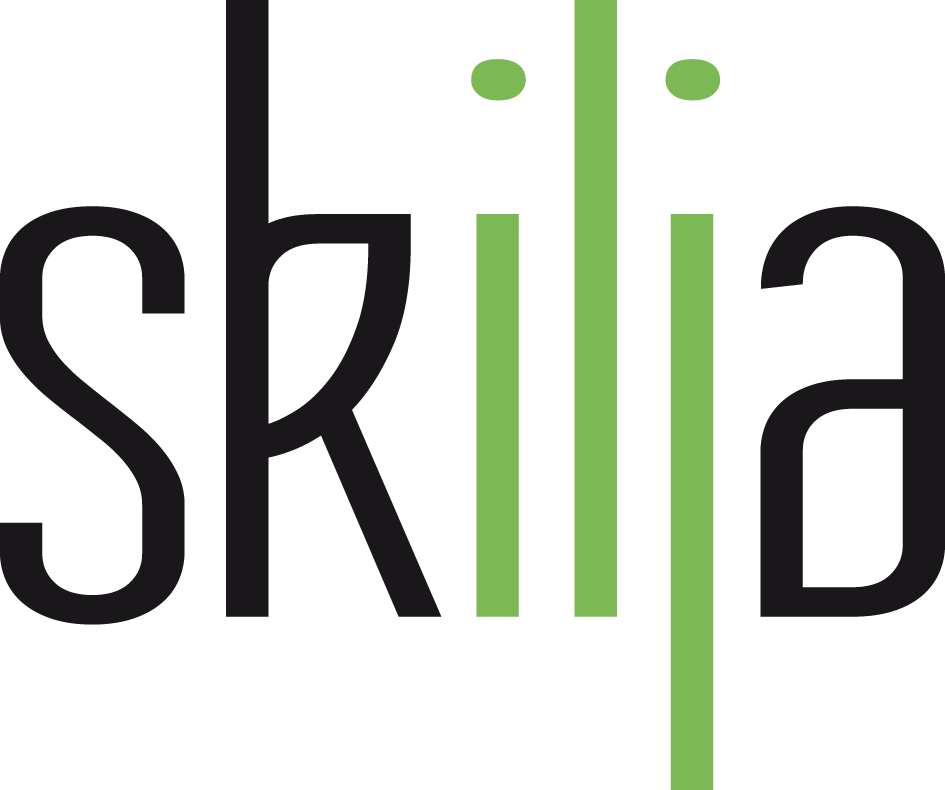AIIM is the community that provides education, research, and best practices on information management and collaboration. This year the AIIM community met in New Orleans, the city of music and French Creole architecture. New Orleans is also called the “Big Easy” – well big was certainly one of the topics that were discussed related to data, but everybody agreed that this would not be easy.
The new format of AIIM as a conference with keynotes and tracks, introduced in 2012, was continued and it again was very successful as the conference was sold out with more than 600 participants well in advance. So hurry up if you want to be there next year when AIIM 2014 will take place in Orlando, FL. The presentations, mainly done by end users and matter experts, were grouped in two tracks:
- Engagement: How can I interact with my customers?
- Governance: How can I manage the wealth and abundance of data?
A third format was called Interaction. On several round tables experts of the industry discussed specific topics with their audience. Tables often were crowded as interest was really high. Maybe this format should be changed to a podium for the next conference.
From all the presentations that I visited let me highlight two. First we heard a very good, well founded overview by Richard Medina from Doculabs about deleting information. Sounds boring? Not at all!
Doing this correctly is not only saving a lot of money, but often is also a legal requirement. Richard made a strong case for automatic classification: “Manual classification is not an option”. Admitting that there is not the perfect solution out there yet. Yet he was talking about statistical classification only while we today know that semantic analysis is the technology that will do this job much better. “The technologies are immature and varied, but you can be successful by matching the techniques to the kind of files you want to target”
Richard gave an impressive example where the implementation of an automated classification and retention system at big organization saved 2.5 million $ per year by correct document disposition.
Second Denise Bedford, Goodyear Professor of Knowledge Management at Kent State University ventured to talk about semantic technology in front of this application oriented audience and made some really good points. As you all know I am a big proponent of using the semantic richness of our language for the understanding of documents and I could see Denise giving us some really fine arguments for doing so. Her presentation was called: “Smart and Semantic – Stop asking people to manage information and start teaching machines to do it”.
Sounds familar, doesn’t it? In Denise’s opinion: “Semantic analysis technologies have come of age. Semantic applications can now leverage embedded human knowledge to help us manage our business information in smart and strategic ways. [..] Semantic technologies require strong knowledge bases to work well, but they can help solve missing metadata problems.”
This was an ideal preparation for my own round table that I hosted on Friday on the subject of “How semantic technologies enhance document processing and document management“. Interest was huge in this round table and after a brief introduction we discussed all topics and question that you also see discussed on my posts. Many agreed that this is what they are looking for to help solve their requirements, especially around semantic indexing. We will continue to explain and discuss this new approach in upcoming posts.

